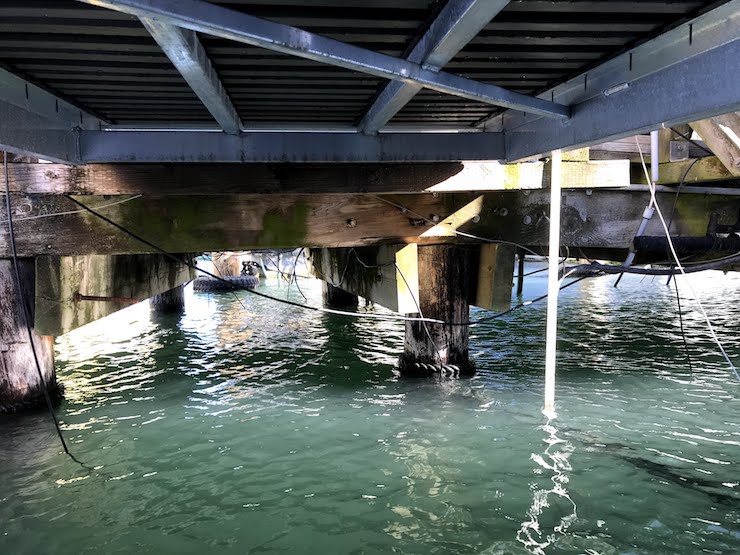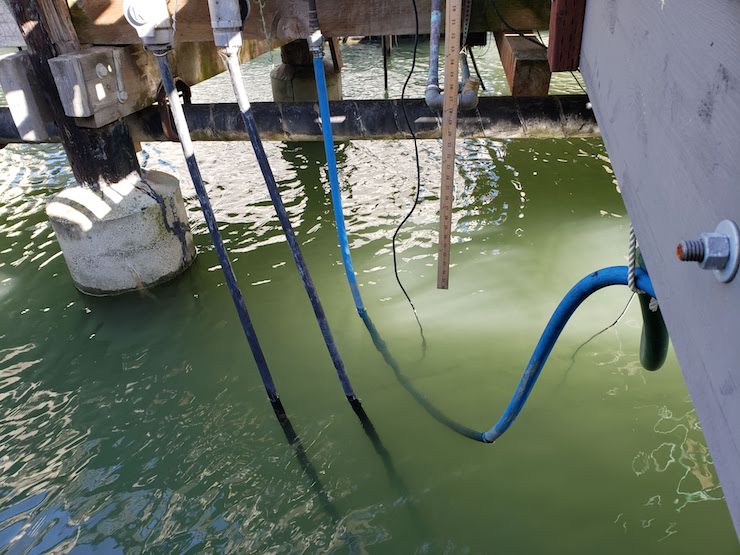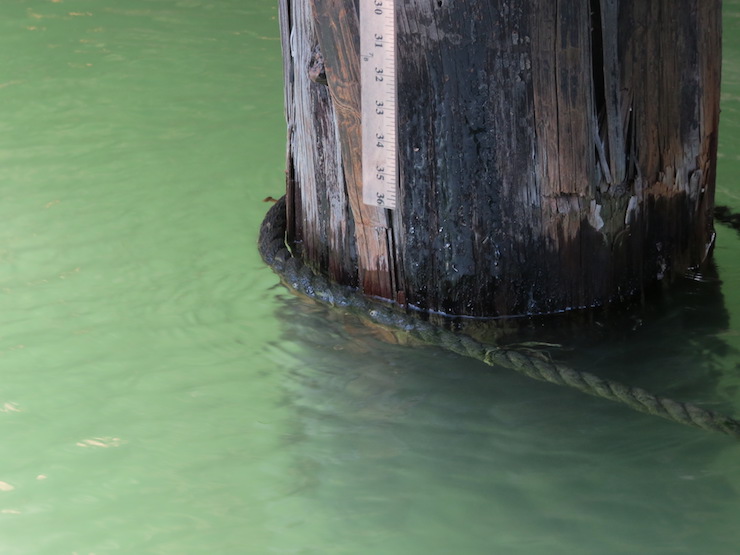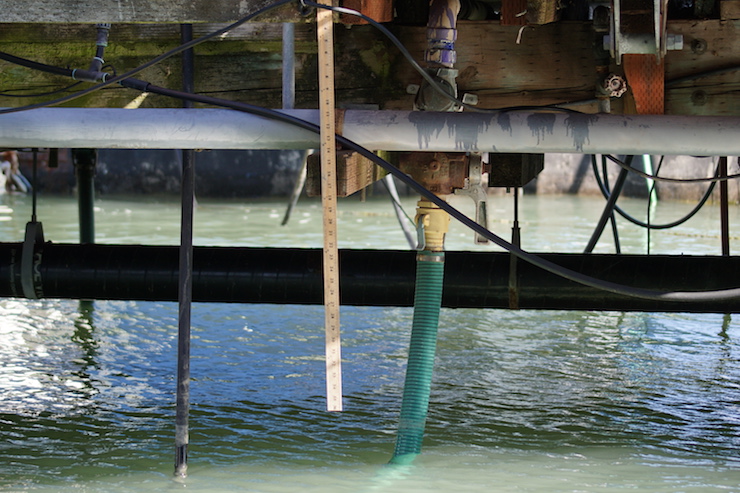Drivers on Gate 5 Road splashed their wheels through salt water and people on the Mill Valley path were calf-deep during the high tides experienced around January’s and February’s full moons. Nuisance or sunny day flooding is routine, now.
For the second year, the FHA environmental committee and a group of citizen volunteers monitored the extra high tides that threaten our under-dock utilities. This year’s results were not dramatic; the so-called king tides did not occur during a rainstorm and the highest, on Jan. 11, was only predicted to be 6.62 feet. Last year, we saw actual high tides closer to 7 feet. This year, none of the dock-mounted yardsticks were submerged, volunteers noted.
Minor tidal flooding should not lull us into complacency. The world’s five warmest years have all occurred since 2015, with nine of the 10 warmest years occurring since 2005, according to scientists from NOAA’s National Centers for Environmental Information. Many communities, including Marin County, are preparing for coastal areas to flood frequently by 2030. Read more about BayWAVE, Marin’s sea-level rise study.
For us in the floating homes community, higher tides mean it’s time to talk about the feasibility of floating all the docks to protect our utility lines. Submersion in salt water is not good. In October, one of the brackets holding up Liberty’s pressurized water pipe broke. The old bracket was likely corroded by salt water, and the pipe sagged, causing a leak. We can look to the new Charles Van Damme dock for one solution. Power, sewer, water, and gas lines are all embedded above the floats and below the decking. Rather than fixed piers at risk of saltwater damage, the floating dock and utilities rise and fall with the tides.
To read last year’s report, see Tracking Sea Level: January Results & Next Steps.







